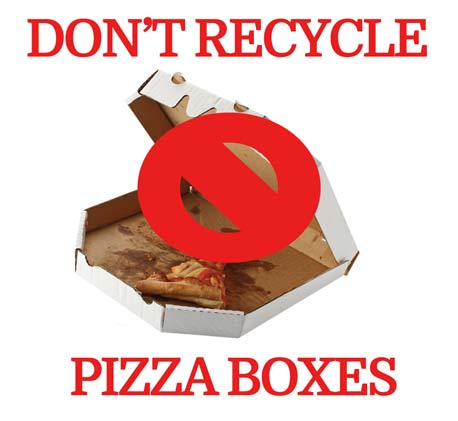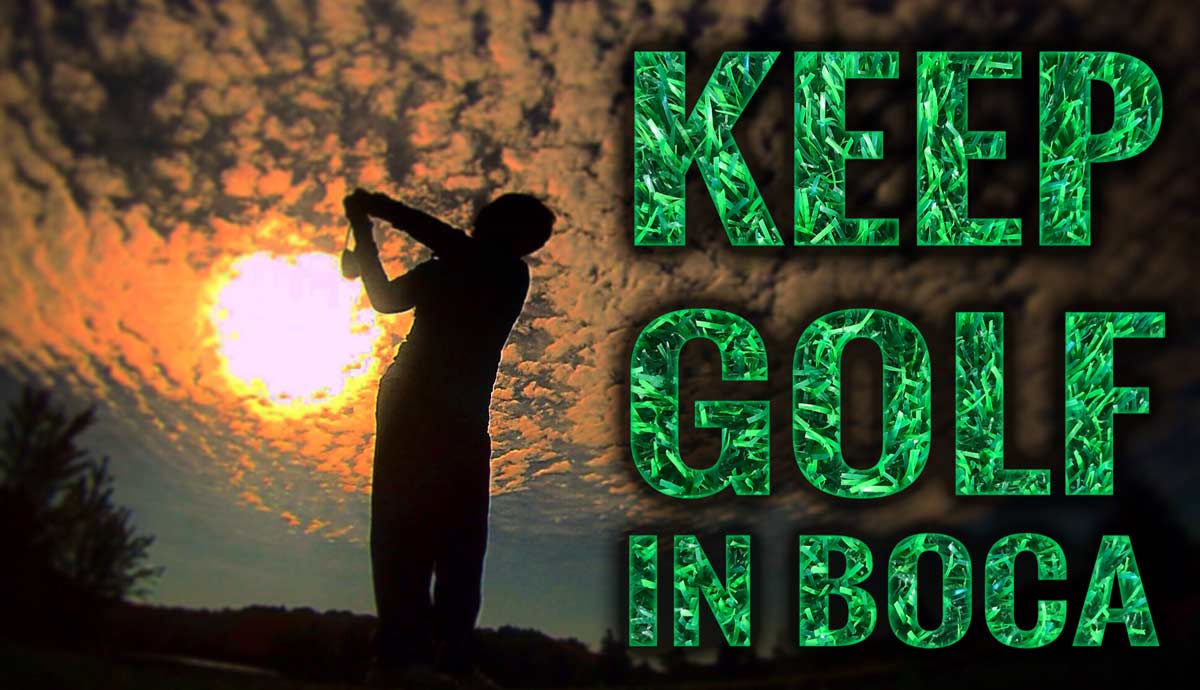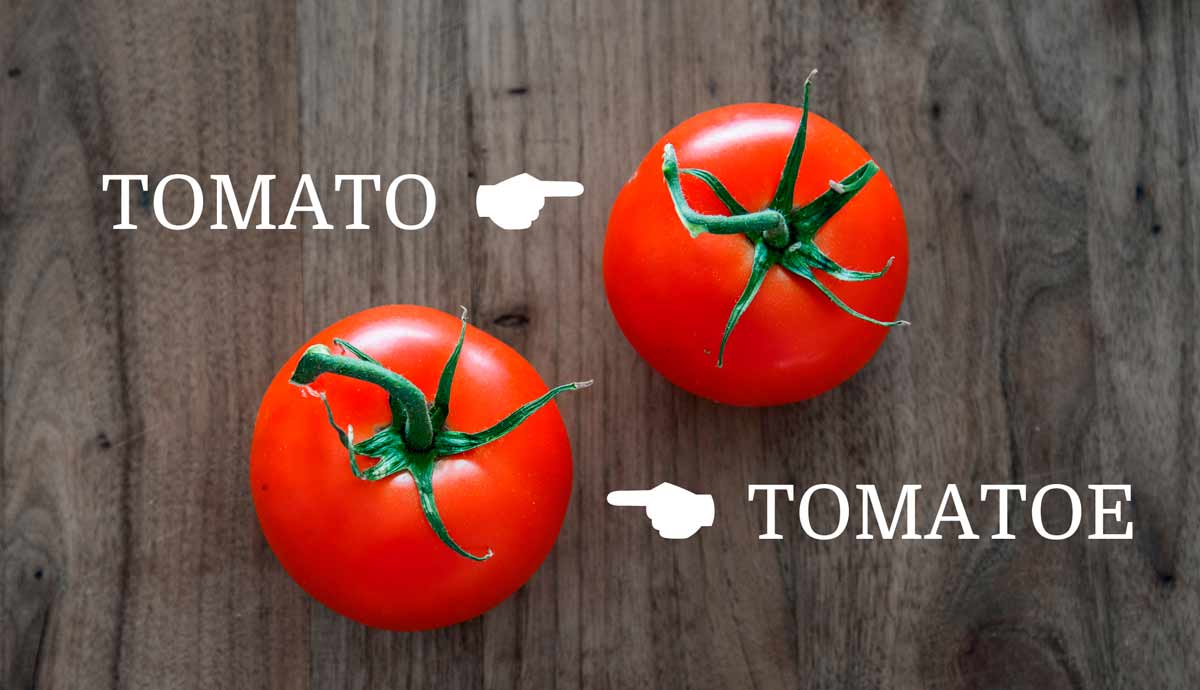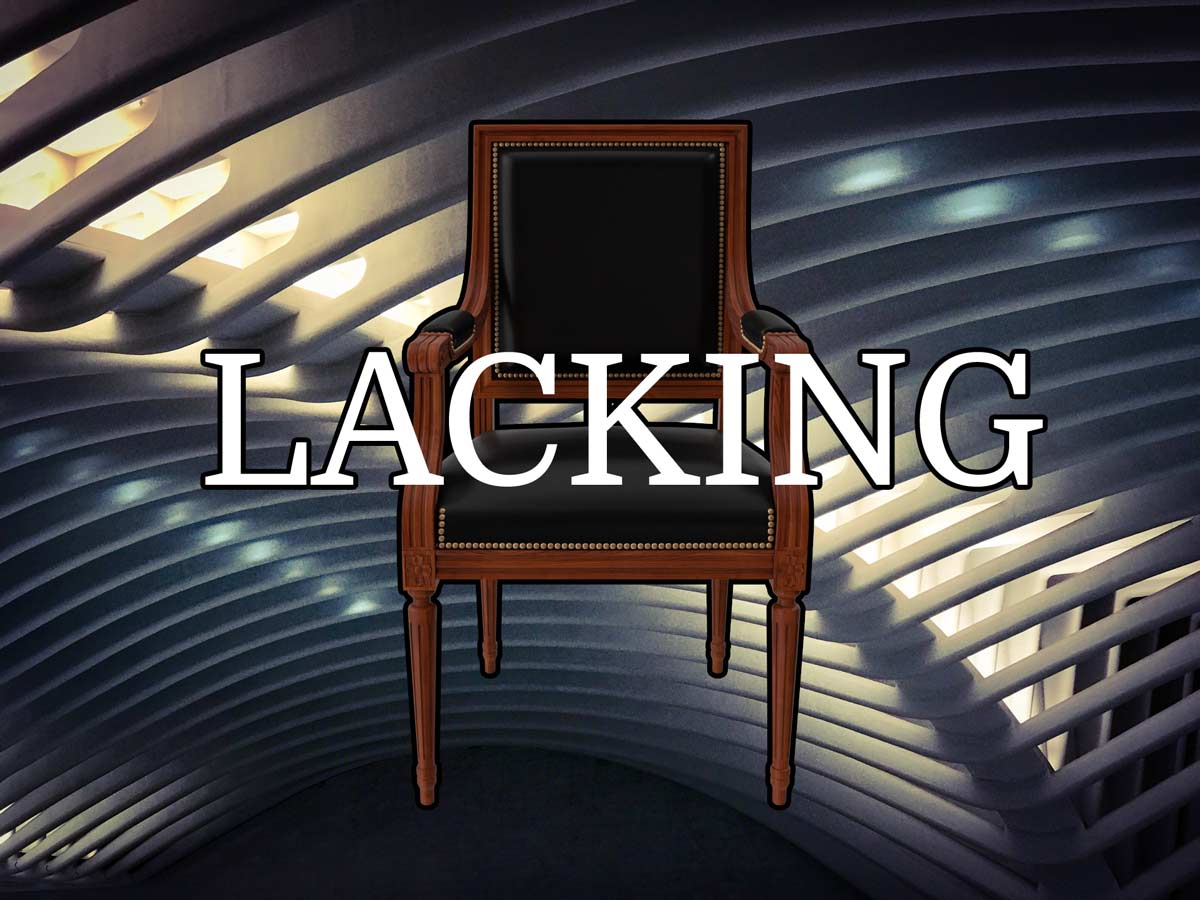This article, originally published by Al Zucaro on BocaWatch.org, is preserved for historical purposes by Massive Impressions Online Marketing in Boca Raton.
If there are questions or concerns with the content please e-mail info@4boca.com.
Since moving up to the Board of County Commissioners, I have found my portfolio of duties greatly expanded over the responsibilities I was tasked with as a member of the Boca Raton City Council.
In addition to regular meetings of the Board of County Commissioners, the County Commissioners sit as the Board of the Solid Waste Authority of Palm Beach County. We also sit on a multitude of boards within the county including the Treasure Coast Planning Council, the Palm Beach Transportation Planning Agency, to name but two.
Today, I am going to focus on the Solid Waste Authority.
The Solid Waste Authority is responsible for providing an economical and environmentally conscious Integrated Solid Waste Management System for Palm Beach County.
Big words for a pretty fundamental task, dispose of the tons of solid waste created by our residents each and every day in a cost effective and environmentally sound manner.
The SWA provides solid waste disposal and recycling services and programs to the county’s 1.4 million residents and businesses and also provides solid waste and recycling collection services to the residents and businesses in unincorporated Palm Beach County through private haulers.
While most of the City of Boca Raton’s residents have their curbside pickup handled by employees of the city, we do have several “annexed” areas where the cartage is handled by a private hauler.
The SWA has built an award-winning integrated system of facilities that combines recycling, renewable energy and land filling to effectively manage the county’s waste.
The SWA’s system includes two waste-to-energy facilities, landfills, a materials recycling facility, a biosolids processing facility, seven household hazardous waste collection facilities and a network of six transfer stations.
In the first five months of 2018, over 30 tons of paper was recycled for net revenue to the county of over $1.5 million. The combined total of recyclables (including paper, glass and plastic) exceeded 48 tons with net revenues exceeding $3.7 million.
Since 2010, under a revenue share program, over $9.5 million in net revenue was distributed to Palm Beach county cities. Boca Raton has received the biggest share of those funds ($1.4 million), followed by West Palm Beach ($1.3) and Delray Beach ($885,000).
Events generate a significant amount of recyclable material. The 2017 Cheribundi Boca Raton Bowl produced 3.2 tons of recyclable material.
If you remember nothing else from reading this article, it is important to understand that unless your recycled materials are properly separated, its value is diminished.
One simple behavioral change is to refrain from placing contaminated materials in with the recyclables. One of the most common “contaminated” items routinely placed in the “yellow bin” to be recycled is used pizza boxes.
PLEASE Do Not Recycle Pizza Boxes
The problem with these boxes is, more often than not, they will have absorbed the grease from that delicious pizza you consumed. The grease makes this an unacceptable item from recycling. Please place them in your regular garbage. Also, many people think if they leave large cardboard boxes next to the recycle bins it will make its way in to the recyclables.
Unfortunately, the items not cut down and placed into the recycle bins will most likely be collected as trash.
The SWA Waste-to-Energy facility reduces the volume of waste disposed in the landfill while producing clean energy from household garbage.
According to the EPA, WTE plants are a “clean, reliable, renewable source of energy” that generate electricity “with less environmental impact than almost any other source of electricity.”
In fact, WTE plants improve air quality by decreasing the consumption of fossil fuels such as oil, coal and natural gas.
Additionally, the SWA uses landfill gas, which consists primarily of methane, as a renewable energy source to produce clean energy as an alternative to fossil fuels.
At the SWA’s Biosolids Processing Facility, landfill gas is used to power the sludge dryers as an alternative to natural gas. The SWA and its partners constructed this facility to provide for the efficient and environmentally safe disposal of sludge from wastewater treatment plants. Sludge is dried, pelletized and sold to fertilizer blenders as a natural and nutrient rich component of commercial fertilizers.
To learn more about the SWA and how our county is working to be environmentally friendly, go to: SWA.org









If you want to know if something is recyclable or not check this link out:
https://swa.org/378/Is-This-Recyclable
You advise that cardboard needs to be put in the yellow bins… how does one put 36″ x 36″ cardboard (see graphic) into the yellow bins that are smaller than that?
And, FYI, when I spoke with a representative in Boca Raton sanitation, she said the size accepted is actually 24″ x 24″.
Residents like me would really like to comply, but we need accurate and possible guidance.
Thank you.
Use a box cutter and cut it down to a size that will fit in the bins. Box cutters are available at any home improvement store or Walmart, and sometimes even Publix in their household fixes aisle near the lightbulbs, for less than $5.
Thanks for the info about the pizza boxes. I didn’t know.
Thanks for covering this topic. We recently received the blue & yellow bins (our community is a bit slow in keeping up with the times – I requested recycling years ago). But hey, we finally got them and that’s all that is important. I forwarded the article to my email list within our community. Keep up the great work Robert!
Your reply is rediculous… if your answer is to cut the cardboard to fit into the box, then there’s no point specifying 3′ x 3’…… ANY size needs to be cut small enough to fit into the yellow bin.
And by the way, the vast majority of people are not going to take the effort to cut their boxes up into small pieces to fit in the bin – heck, it’s tough to get people just to break them down flat.
Unfortunately, with an approach like this for cardboard, I do not think it will be very successful.